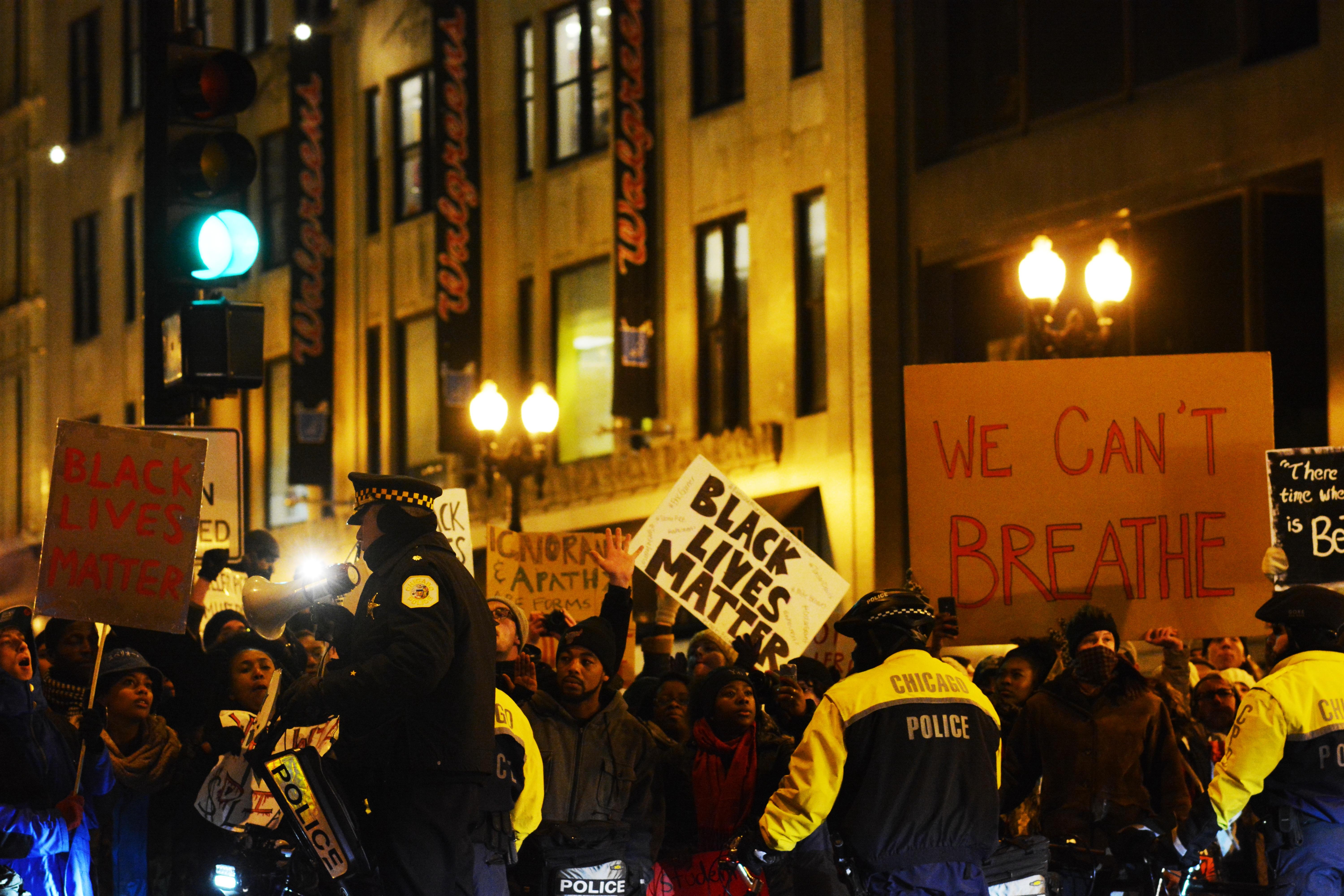Police Violence Represents Decades of Failed Leadership

Who will guard the guards themselves? Nobody.
The disturbing videos keep coming We’ve watched over the past week countless scenes of violence as officers have attacked peaceful protesters, elected officials and journalists. In far too many cities, protests against police brutality have been met with police brutality. We are facing a leadership crisis.
In Louisville, Kentucky, a local news crew was covering protests over the death of Breonna Taylor, an African-American woman who was fatally shot in her home by officers on March 13, 2020. The video shows a Louisville police officer in full riot gear, who is clearly not in danger, repeatedly taking aim and firing rubber bullets at the news crew.
He does so in full view of other police officers. The reporter and cameraman are well-lit, wearing bright clothing and the camera is aimed directly at the officer. The officer knew his actions would be observed, recorded and broadcast — and he fired anyway.
A combination of benign neglect and actively bad decisions has created an environment where police officers feel free to use violence and violate citizens’ civil rights with impunity. This is a failure of leadership decades in the making. Politicians have failed to control police departments and the results are playing out in our streets right now.
So how did it get this bad?
To begin with, the culture of many police departments creates a recipe for violence. In the wake of 9/11, the federal government made it easier to transfer military equipment to law enforcement through the Defense Logistics Agency and the Department of Homeland Security.
Equipment and training dictate tactics. If you train and equip police with heavy crowd suppression weapons they will, obviously, be more likely to use those weapons. One key step in reducing police violence would be to end the militarization of police departments.
Even reform-minded police leaders often have difficulty changing police practices. Bureaucratic reform requires buy-in from line operators. If police don’t see the need for reform efforts, they may simply ignore policy changes. Unfortunately, the culture of silence among police means that officers may not report misconduct for fear of reprisals from other officers.
In addition, police unions have been enormously successful at negotiating contracts that make it difficult to fire police officers, even when they commit gross misconduct. If police chiefs can’t fire violent officers, and can’t count on officers to report misconduct or actually follow department policy, then they cannot control their own departments.
Police officers are also largely immune from legal penalties. Qualified immunity and other legal protections make it difficult to bring charges or sue police officers. And district attorneys’ offices work directly with police departments, creating an unavoidable conflict of interest when the district attorney should prosecute police for criminal behavior.
There is also a vacuum of leadership among elected officials, who may not want to control police violence. It is telling that many cities have imposed draconian curfews that enable mass arrests rather than responding to calls for reform. Many elected officials use police as part of their campaign appeals. The public (at least historically) has had more favorable views of police than elected officials, which makes police unions a coveted endorsement.
Many politicians use crime and police as an appeal to white voters. “Tough on crime” is an implicit racial appeal that activates resentment toward African Americans without using overt racial language. Hiring more police, and militarizing those police, can be a way for a politician to shore up votes among whites.
The only way this dynamic will change is if voters pressure politicians and continue to demand reform. In the absence of electoral incentives, politicians will continue to enable police brutality.
While Democrats and Republicans share the blame for the lack of leadership, President Trump has made the current crisis worse. The president thinks police brutality is funny. On a conference call, Trump encouraged governors to be more aggressive, make mass arrests, call up additional National Guard units and “dominate” protesters. His Department of Justice rolled back the tepid reforms of the Obama administration. Through his policies and rhetoric, the president has not just tolerated but actively encouraged police brutality.
With the president staunchly opposed, it is unlikely that reform bills at the federal level will succeed. There are signs that state and local officials, however, are responding to the protests and finally starting to take the issue of police brutality seriously.
It will take a massive effort to undo decades of damaging policy decisions, but protests work. These ongoing demonstrations may generate enough attention and enough energy to finally force political leaders to do the hard work of reforming the police.